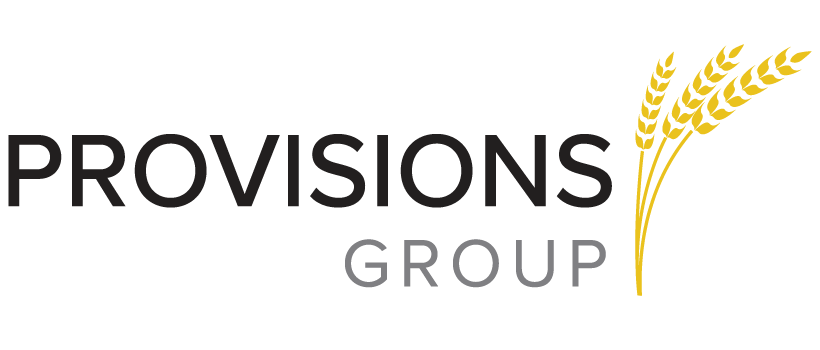End-to-end IT solutions for healthcare organizations.

What's the Difference Between EMR and EHR?
What's the Difference Between EMR and EHR?
There’s a lot of confusion out there about the difference between electronic medical records (EMR) and electronic health records (EHR). Both terms are commonly used in the healthcare industry, but they actually refer to two different things.
Electronic Medical Records (EMR) vs Electronic Health Records (EHR)
Electronic Medical Record (EMR) and Electronic Health Record (EHR) are two systems technology-driven health care organizations deploy to store and manage patient information.
An EMR is a digital version of the traditional paper-based medical record. This system captures all the traditional clinical data such as diagnoses, treatments, vaccine history, medication orders, allergies, and more. An EMR system typically includes tools for scheduling appointments, documenting patient encounters, prescribing medications, and ordering lab tests.
EHR, on the other hand, is a broader term that refers to any electronic system used to store or manage health information. An EHR specifically includes medical information that goes beyond actual medical conditions like lifestyle information such as diet or exercise habits. This can include anything from fitness tracking apps to hospital databases. So, while all EHR systems are technically also EMR systems, not all EMR systems are considered EHRs.
While both systems enable secure access to patient data and use cloud-hosted encryption services to protect patients’ confidential data from breaches, there are differences that can affect how organizations prioritize which system they choose to invest in when considering modern healthcare IT solutions.
Pros and Cons of EMR vs EHR
EMRs and EHRs generally provide a wealth of data that is quickly accessible, often in real-time, which makes them ideal for urgent care situations where accuracy and timeliness are essential. However, EMRs and EHRs each come with unique benefits and drawbacks. It is important to consider the pros and cons of each system before making a decision on which one is the best fit for your organization or practice.
EMRs offer organizational advantages such as:
- Improved medications management
- Increased data accuracy
- Easier retrieval of records
- Better documentation analysis
- Enhanced collaboration between medical staff members
- Paperless records that can be electronically transferred for patient referrals
However, EMRs may require additional staff training due to their complexity.
Meanwhile, EHRs include features such as:
- Easier population health tracking across multiple sites or providers
- Easier access to detailed past patient information that can help clinicians inform treatment decisions
Like EMRs, EHRs may require additional upfront costs associated with purchasing the necessary hardware or software.
As it stands both systems can help streamline healthcare operations but they should be carefully evaluated based on their specific advantages and obstacles prior to implementation.
__________________________________________________________________
How to Choose Between EMR vs EHR
Choosing between EMR and EHR systems can feel like a daunting task, but with the right resources and understanding it can be straightforward. To make the best choice for you or your organization, it is important to consider both the pros and cons of either system.
EMRs are designed to store patient medical data from a single practice. While this may provide certain efficiencies for a small clinic, an EHR can offer much more versatility as it allows for a larger pool of engagement - multiple providers can view and access these records, including physicians and pharmacists.
Ultimately, the choice between EMR vs EHR comes down to the size and goals of your organization. An EMR may provide more cost-effectiveness and convenience if you only need access to one provider's data. An EHR, however, provides wider access throughout teams and their practices while also having the ability to begin collecting data during each subsequent visit with its comprehensive database. Depending on your objective, either could be right for you.
In an ideal world, using a combination of both systems may be best for optimal healthcare. For large organizations, especially those operating across different geographic regions, the adoption of integrated EMR/EHR system with interconnected records offers a more efficient solution for better patient care.
However, it is worth noting that the transition from paper documents and old filing systems to one large unified system requires careful consideration due to the large amount of resources involved and potential loss of existing records in case of incorrect migration.
How to Implement an EMR or EHR
When companies are looking to implement either an EMR or an EHR system, there are several factors to consider. One of the most important distinctions between these systems is that EMRs are for use within a specific medical organization, such as a hospital, clinic or physician's office, while EHRs are meant to function across multiple medical organizations and provide more comprehensive records across a patient's lifetime of care.
Although both systems offer benefits such as streamlined record keeping, increased accuracy and improved decision making, they each have drawbacks as well. For instance, due to the complexity of these systems, implementing an EMR or EHR system can require significant time and resources in order to ensure compatibility with existing software and hardware systems.
Furthermore, it can be difficult to adapt existing practices to new system protocols and personnel may need additional training in order to properly utilize them. Despite the challenges associated with implementation however, successfully transitioning to one of these systems can lead to increased efficiency and enhanced safety practices.
During implementation, it is key to develop methods of assessing internal workflow metrics to ensure that data privacy and compliance requirements are being met. Finally, practice systems must be able to integrate with existing information systems but also have the flexibility to adjust when standards or regulations evolve over time. While many organizations face repeated challenges during the process of EMR/EHR implementation, following these steps can help ease the transition towards a more standardized electronic experience.
Conclusion
EMRs and EHRs are both powerful tools for healthcare providers in managing patient data and improving the quality of care. Ultimately, each organization must carefully consider their specific needs and requirements when deciding which system is right for them. Despite all the differences between EMRs and EHRs, they both aim to provide streamlined and efficient processes that help enhance patient care.

